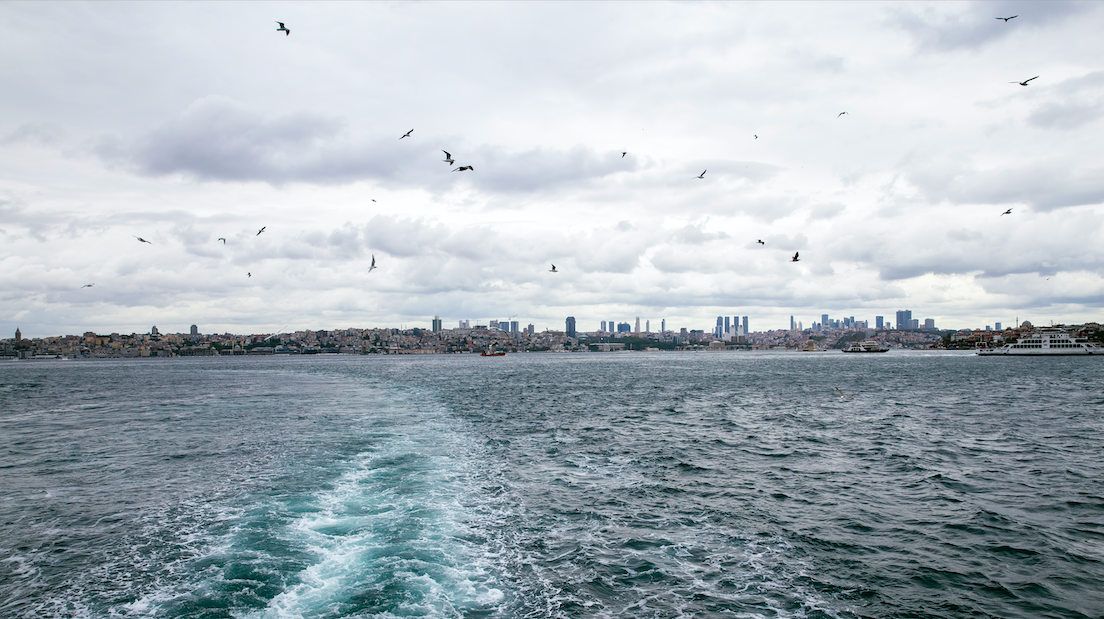Weather in Istanbul
Weather in Istanbul
Spring and fall are the best times to visit Istanbul. The weather is ideal during those months. Does this suggest that you should stop visiting Istanbul during the summer or winter? Certainly not! Istanbul is beautiful all year, but each season has its own set of advantages and disadvantages. Allow me to have an outline so that you can choose the season that best meets your needs or desires.
Spring
If the astrological spring begins on March 21, spring in Istanbul usually begins in mid-April. The weather warms up during the day and cools down at night, with rain showers being more unlikely. The average high temperature would be between 18 C (65 F) and 27 C. (81 F). A annual review is shown below.
Another benefit of traveling Istanbul in the spring is being able to see the city's and Mother Nature's awakening. With the reopening of the terraces, the area becomes more vibrant and colourful (with the blossoms of the flowers in general, and the famous tulips in particular).
Summer
Summer is hot and humid, lasting from mid-July to mid-September. The average daily high temperature is about 28 degrees Celsius (80 degrees Fahrenheit), with peaks exceeding 30 degrees Celsius, particularly in August (82 F).
While most Istanbul residents migrate to the islands or the coasts to avoid the summer sun, the summer months see a large influx of visitors. Expect longer lines and take the requisite steps to avoid being sunburned (and air-conditioners). The best thing about this season is the perfect Bosphorus cruise weather.
Autmn
Autumn, also known as fall, lasts until the end of October, and occasionally even into mid-November. Temperatures have returned to human standards (23 C or 70 F) for the most part, but be prepared for surprises! It can be hot and dry one day and much cooler (15 C or 60 F) the next, with brief yet intense rain showers.
Overall, it's the best season to visit Istanbul, along with spring.
Winter
Winters are generally cool, with average day temperatures ranging from 8 to 12 degrees Celsius (48 to 48 degrees Fahrenheit) (54 F). Snow showers are uncommon, but rain is common (see statistics below).
“So, what are the benefits then?” you may be thinking. Ok, you can take advantage of lower hotel rates, take a more leisurely tour of all the tourist attractions, and take in the year-end entertainment and festivals.
Best Time to Visit Istanbul
April-May to mid-September to October-end are the best times to travel in Istanbul since the days are longer, drier, and sunnier, but not as humid as in the summer. Temperatures vary from 12°C to 25°C, with a few fleeting showers mixed in for good measure. These months are often free of huge numbers of tourists.
The crowds around the sights in the old city during the summer months of June, July, and August can be daunting – made worse by the hot and humid season. The best months to visit Istanbul are April and May, as well as mid-September to the end of October. The tulip festival in April brings the whole city to life (see later).
Best Time of The Day To Explore Istanbul
In the summer, the perfect time to explore Istanbul's multiple attractions is right after they open or later in the day, but in the winter, there are hardly any lines or crowds. Summer, on the other hand, brings scorching temperatures, large crowds, and long queues at the entry door. Weekends (Friday, Saturday, and Sunday) are normally busier, but most attractions have their own closure days and hours of service, so double-check before going.
























More posts by Gokce Nacar